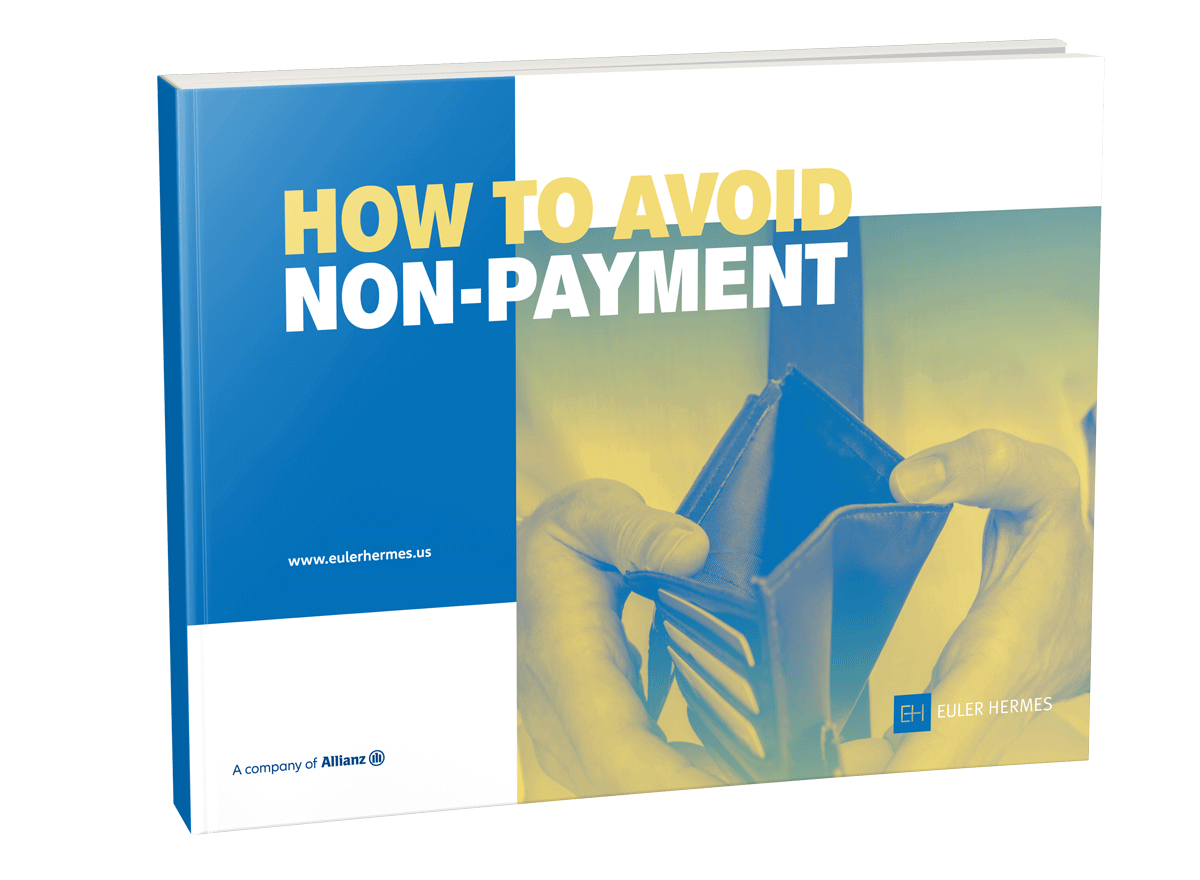Missed payments are nothing new. Several high-profile bankruptcies have been making the newsover the last few years—with seemingly more every day. And the kicker? Not even growing companies are exempt. So, how can you ensure that you are insured for your payment when the due date comes? We have some tips to help.
Tip 1: Send invoices out on a regular basis.
This may seem obvious and basic, but it really needs to be done. You need to become very predictable. Buyers can’t pay what they haven’t been billed; you need to develop your rhythm so they know what to expect. This helps both your buyers and your internal staff.
Tip 2: Use accounts receivable payment terms as a rule, not a guideline.
You may have toyed once or twice with the idea that rules are meant to be broken. They are not. To ensure you get your payment on time, you need to establish a rule early on. Payment in 30 days means 30 days. You want to be friendly but firm. Your company is a priority for you and you want your buyers to feel the exact same way. Establish your expectations early and then maintain them throughout the entire relationship.



















